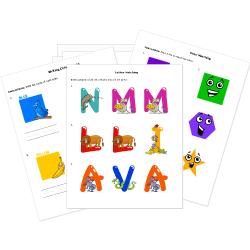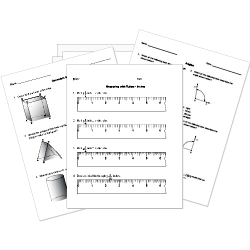Nuclear Fusion
Nuclear Fusion
This lesson aligns with Next Generation Science Standards (NGSS) PS1.C
Introduction
A nuclear reaction happens between the two reacting particles; one is a heavy target nucleus, and the second is a subatomic particle. In this process, one or two nuclides are formed from the collision of one atomic nucleus or atomic nuclei and an energetic particle. The energetic particle may either be an alpha particle, a neutron, a gamma-ray photon, a proton, or a heavy ion. Nuclear fusion is the most common type of nuclear reaction. A nuclear fusion reaction involves the combination of at least two nuclei into a single nucleus. A massive amount of energy is released in the fusion process. In this article, we will learn about nuclear fusion, its occurrence, and its application of nuclear fusion, etc.
Nuclear Fusion
Nuclear fusion is a fundamental type of nuclear reaction. Nuclear fusion is a process in which two smaller nuclei merge to form a heavier nucleus. The nuclear fusion process happens in elements with low atomic numbers, e.g., hydrogen atoms and their isotopes named deuterium and tritium. It is the reverse process of nuclear fission, where a heavy nucleus gets split into smaller nuclei.
The nuclear fusion process releases a massive amount of energy. The single nucleus formed during a fusion process always has a lower mass than the mass of two original nuclei. Therefore, the matter is not conserved in this reaction as the leftover mass is converted into energy.
Mechanism of Fusion Reaction
A fusion reaction occurs between the elements with low atomic numbers that burn to form a helium atom. The heavy isotopes of hydrogen atom-Deuterium and Tritium, can react more efficiently with each other. When they undergo the fusion process, they produce a tremendous amount of energy per reaction than two hydrogen nuclei. Because the hydrogen nucleus has only one proton. The deuterium nucleus consists of one proton and one neutron, while the tritium nucleus has one proton and two neutrons.

When deuterium and tritium come close to each other and fuse, they form helium atoms and fast neutrons. As the two heavy isotopes fuse and form a helium atom and neutron, a massive amount of energy is released, and the extra mass is transformed into kinetic energy.

Nuclear Fusion in the Sun
A nuclear fusion reaction is the major energy source of stars, including the sun. During this reaction, a significant amount of heat and energy is produced. The pressure is extremely high at the core of any star, especially the sun, and that is the place where the fusion reaction takes place, as it requires high pressure and lots of heat to occur.

For instance, the temperature is around 15 million degrees Celsius at the core of the sun. At this high temperature and pressure, both isotopes of hydrogen, i.e., deuterium and tritium, fuse to form a helium atom, and a tremendous amount of energy is produced in the form of heat. Hydrogen is continuously being converted into helium in the core of the sun. It’s estimated that around 600 million tons of hydrogen atoms get converted to helium every second.
Application of Nuclear Fusion
- The fusion process provides a long-term energy source.
- Nuclear fusion is an air-pollution-free process. There is no combustion occurring in this reaction.
- The fusion reactions do not generate long-lived radioactive waste.
If nuclear fusion energy is appropriately utilized, it can solve the worldwide problem of power. It produces less amount of nuclear waste than a fission reaction. Moreover, the necessary fuel for fusion and isotopes of a hydrogen atom, i.e., deuterium and tritium, are also readily available in nature.
Summary
- A nuclear reaction is when one or two atomic nuclei and a subatomic particle collide to produce one or more nuclides.
- Nuclear fusion is a common type of nuclear reaction that involves the combination of two smaller nuclei into a single heavy nucleus.
- The nuclear fusion process occurs between the elements with low atomic numbers e.g., hydrogen.
- Two heavy isotopes of hydrogen atoms, i.e., deuterium and tritium, fuse to form a helium atom, and a massive amount of energy is produced. For example, fusion is taking place in the core of the sun.
- It provides an unlimited source of energy without producing high-level radioactive waste.
Related Worksheets:













